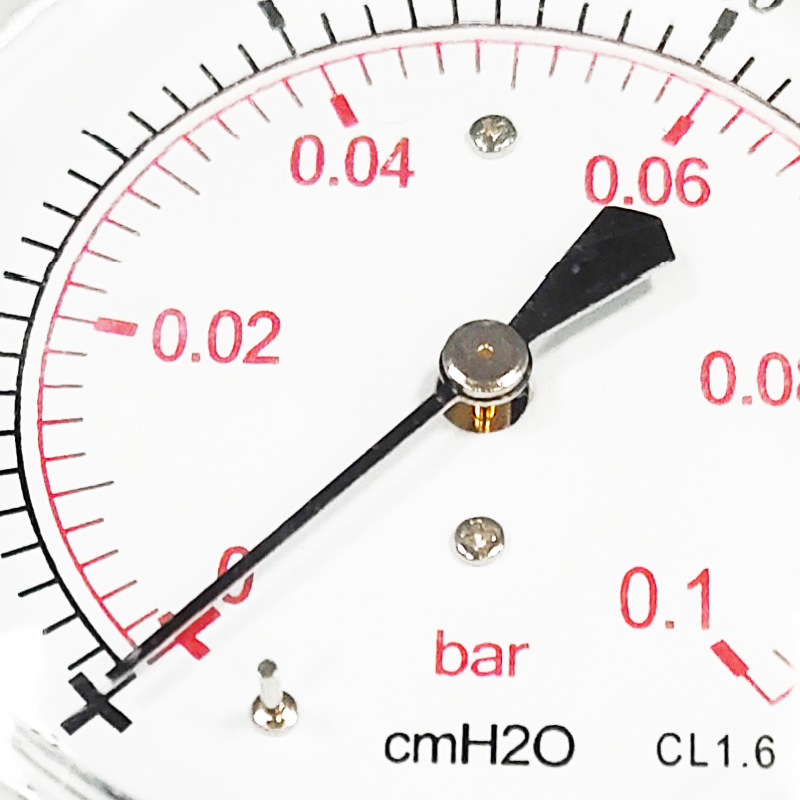
Kas . 05, 2024 09:21 Back to list
homemade differential pressure gauge
Crafting a Homemade Differential Pressure Gauge
In various industries and scientific experiments, measuring pressure differences is crucial for understanding system behavior. A differential pressure gauge helps gauge the pressure between two points, offering valuable insights into fluid dynamics and system performance. While commercial gauges are available, creating a homemade differential pressure gauge can be a fun and educational project. This article outlines how to make one, highlighting its components, assembly process, and applications.
Understanding the Concept
A differential pressure gauge measures the difference in pressure between two points in a system. Common applications include monitoring airflow in HVAC systems, assessing filter conditions, and ensuring process stability in chemical plants. This gauge typically employs a U-tube manometer filled with a fluid, where the pressure difference produces a height variation between the two arms of the tube.
Materials Needed
To construct a homemade differential pressure gauge, you will need the following materials
1. Clear Plastic or Glass Tubing Two straight tubes, preferably around 1-2 feet long, for visibility of the fluid. 2. Sealing Material Rubber or plastic seals that secure the tubing ends. 3. Fluid A manometer fluid such as water, colored water, or glycerin, based on the expected pressure difference. 4. Support Base A sturdy base like wood or plastic to hold the tubes in place. 5. Calibrating Scale A ruler or a printed scale to measure fluid displacement. 6. Connectors A T-junction or connectors to link the two openings and create pressure points.
Assembly Process
1. Cut the Tubing Measure and cut two pieces of tubing. Ensure that they are of equal length for accurate measurements. 2. Prepare the Base Securely mount the tubing onto the support base. You can drill holes in the base or use adhesive to hold the tubes upright. The tubes should be vertical and parallel to each other.
3. Insert the Sealing Material Ensure that both ends of each tube are fitted with seals to prevent leaks. The seals should be tightly fitted to maintain pressure integrity.
homemade differential pressure gauge

4. Connect the Tubes Use the T-junction to connect one end of each tube, forming a U-shape. The other ends will connect to the pressure sources you want to measure.
5. Fill the Tubes Carefully pour the manometer fluid into both tubes until they are about halfway full, ensuring there are no bubbles. The fluid should be visible in both tubes.
6. Calibrate the Gauge Attach a measuring scale next to the tubes. You can use increments of centimeters or millimeters as your reference. This scale will help you measure the height difference caused by pressure changes.
Using the Differential Pressure Gauge
To use your homemade gauge, connect one end of the tubing to the first pressure point and the other end to the second pressure point. As pressure differences occur, the fluid level will change in each arm of the tube, reflecting the pressure differential. You can then note the difference in height using the calibrated scale.
Applications
This homemade differential pressure gauge is suitable for educational purposes, experiments at home, or in small laboratory settings. It can be used to measure airflow in duct systems, monitor filter pressure in aquariums, or even help with experiments in fluid dynamics.
Conclusion
Building a homemade differential pressure gauge serves as an excellent hands-on project for individuals curious about fluid mechanics and pressure systems. Aside from being a valuable learning tool, this gauge is functional for simple pressure monitoring tasks, illustrating the principles of pressure differences in an accessible way. As with any project, ensure to consider safety precautions, especially when dealing with pressurized systems, and enjoy the process of discovery!
-
High-Precision 5 Valve Manifold Differential Pressure Gauge Suppliers
NewsApr.29,2025
-
High-Precision Diaphragm Vacuum Pressure Gauges Manufacturers & Quotes
NewsApr.29,2025
-
Omega Differential Pressure Gauges High Accuracy & Durability
NewsApr.28,2025
-
Low Pressure Differential Pressure Gauges Precision Solutions & Quotes
NewsApr.28,2025
-
Digital Diaphragm Pressure Gaauge Precision Measurement & OEM Quotes
NewsApr.28,2025
-
Differential Pressure Gauge China Price High-Accuracy & Best Quotes
NewsApr.28,2025
